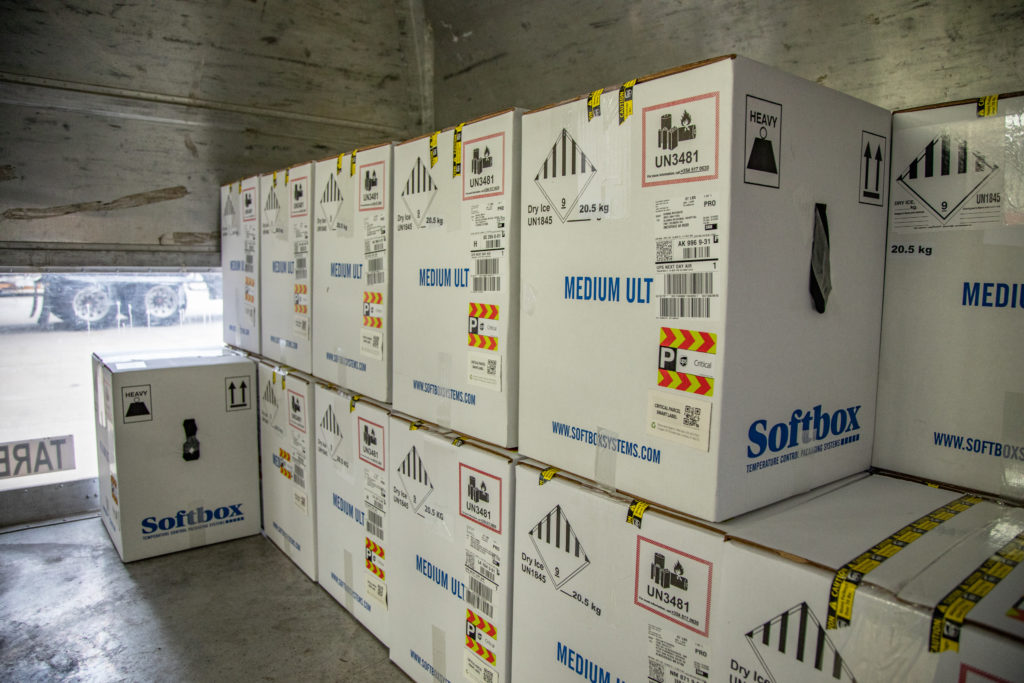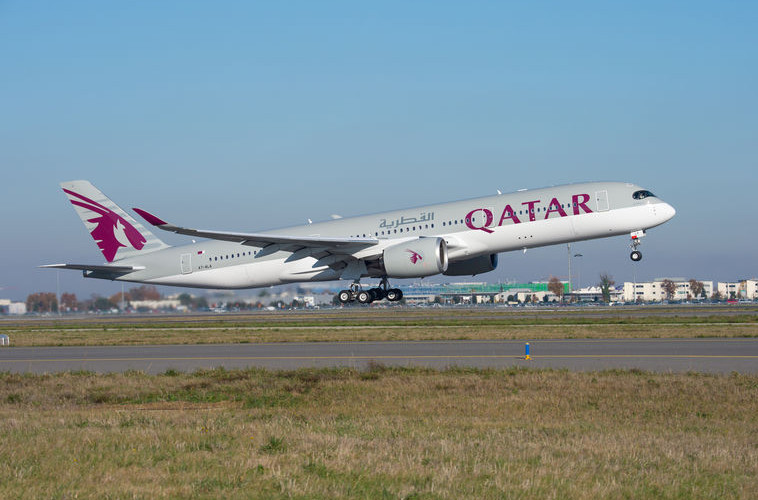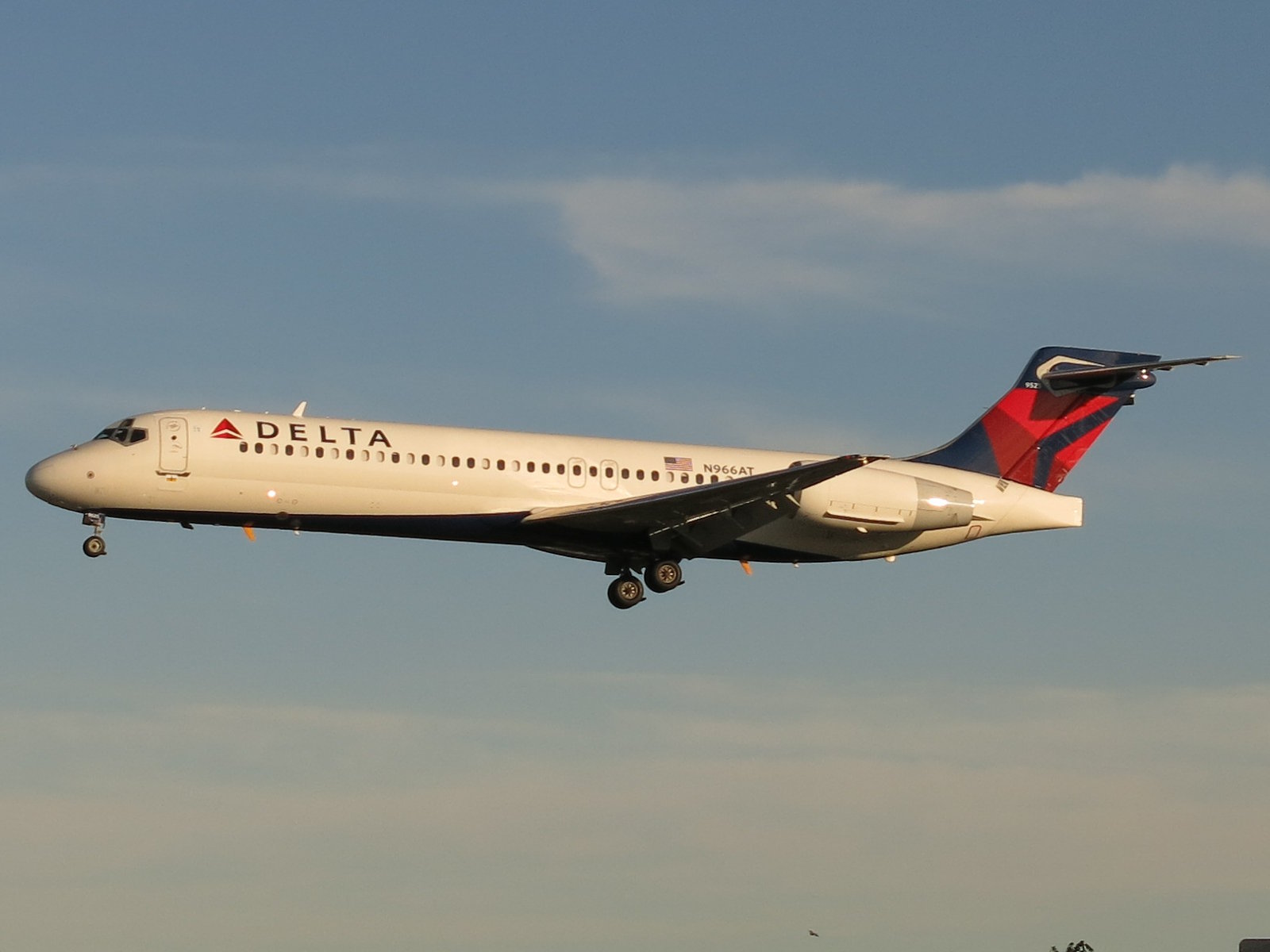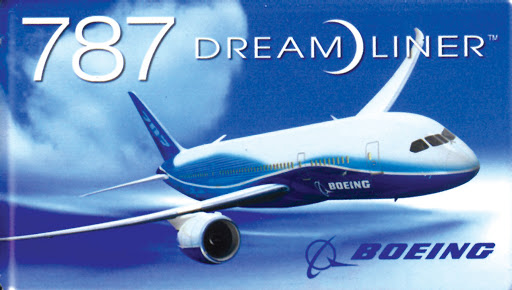Leeham News and Analysis
There's more to real news than a news release.
Outlook 2021: Boeing needs boring, Airbus looks for recovery
Subscription Required
By Scott Hamilton and Vincent Valery
Introduction
Jan. 5, 2021, © Leeham News: What’s in store for Airbus and Boeing this year?
Boeing needs a boring year.
 Airbus is clearly better positioned than Boeing.
Airbus is clearly better positioned than Boeing.
Twenty-twenty one is a year of recovery for Boeing. It must dig out from a very deep hole.
Airbus reported that it hit cash break-even in the third quarter. But the company is not out of the woods yet.
Everything depends on something largely out of their control: how quickly the airline industry recovers from the COVID pandemic.
Summary
- Boeing hopes to deliver about half of the 450 stored MAXes this year.
- Low-rate production inches up for the 737.
- Widebody sales dried up for Airbus and Boeing.
Outlook 2021: Despite vaccines, COVID-19 will continue to dominate aviation in the coming year
Subscription Required
By Judson Rollins
Introduction
Jan. 4, 2021, © Leeham News: Recent approval of two major vaccine candidates are driving euphoria among aviation investors, employees, and travelers. Many commentators are talking about a “return to normal” later this year.
Alan Greenspan’s famous phrase, “irrational exuberance,” comes to mind. Vaccine approvals provide reason for hope, but not in the near term. Even Singapore’s government, one of the world’s most efficient, says it will need most of 2021 to fully vaccinate its population.
On the other end of the economic spectrum, Duke University’s Global Health Institute says low-income countries may have to wait until 2024 if high-income countries continue to reserve vaccines for their own populations.
Pharmaceutical giants Pfizer, Moderna, and AstraZeneca, which have released efficacy data on their vaccines and are now obtaining approval from various jurisdictions, announced a combined capacity to produce vaccines for up to 3.1bn people by the end of 2021. China’s Sinovac claims it will be able to produce 600m doses, but it is still evaluating the efficacy of its vaccine candidate.
Summary
- Reluctance to take vaccine likely to slow rollout
- Borders re-opening depends on rollout, proof of vaccination
- Pre-travel testing may be a dubious solution
- Business, leisure travel likely to be permanently impacted
- Airline financial woes likely to continue
- New aircraft demand will stay low in 2021
Senate report reveals FAA retaliation, hostile culture
Subscription Required
By Scott Hamilton
Introduction
Dec. 21, 2020, © Leeham News: The US Senate Commerce, Science and Transportation Committee Friday issued a damning report taking Boeing and the Federal Aviation Administration to task.
A 20-month investigation began in the wake of the two Boeing 737 MAX crashes in October 2018 and March 2019.
The report concluded Boeing inappropriately coached the FAA pilots during recertification simulator training to test fixes to the now-infamous MCAS system.
Details were widely reported last week.
More troubling is the larger picture painted by the Committee of an FAA for years ignoring several US airlines’ safety violations and attempts by FAA inspectors to enforce safety regulations.
Whistleblowers were subject to retaliation, Committee investigators found. The FAA and its parent agency, the Department of Transportation, refused to make FAA employees available for interviews and stonewalled when documents were requested.
The bigger picture of an agency that protects airlines more than the public raises questions of a culture that favors cozy relationships with airlines. Media reports focused on the Boeing-FAA relationship and not the larger issues.
Summary
- Restoring confidence in FAA certification with other regulators.
- US Congress crafts FAA reform bill.
- 777X is next up
- The full report is here: CST FAA Aviation Safety Oversight Report
The A350, Part 1: Intro and A350-800
Subscription Required
By Vincent Valery
Introduction
Dec. 17, 2020, © Leeham News: After running a series on the Dreamliner, LNA will now start a series on Airbus’ latest-generation twin-aisle aircraft, the A350. Airbus should deliver its 400th A350 this month.
After a delayed ramp-up to 10 units per month, Airbus had to cut the A350 production rate to five per month after the COVID-19 pandemic. The European OEM might have to follow Boeing’s footsteps and reduce twin-aisle production rates further.
The A350 program has an official backlog of 532 orders: 415 for the -900 and 117 for -1000. Once passenger traffic recovers, Airbus should ramp production back up of its best-selling twin-aisle aircraft.
Despite its success, the A350 program wasn’t without hiccups. There were several and sizable iterations before Airbus finalized the A350 platform, and the -800 variant is non-existent but not officially canceled.
Summary
- A few iterations before launch;
- Development without significant issues;
- An in-favor aircraft family;
- The aborted A350-800.
Boeing, SPEEA and Union Reamalgamation
Editor’s Note: This is another in a series of articles examining the future of Boeing, its unions and Washington state. There first article appeared here. The second appeared here.
Subscription Required
By the Leeham News Team
Introduction
Dec. 14, 2020, © Leeham News: In a past element of this series, LNA looked at a potential path forward for IAM 751 Machinists District members to become a profit center as opposed to a pure cost to Boeing.
The Prime Directive is for Boeing to make money.
Boeing must be profitable. This is its mission for shareholders, employees, the supply chain, new development, for Washington and other states and for the US economy.
Boeing must then by definition divorce itself from unnecessary costs. Boeing defines SPEEA as an unnecessary cost. SPEEA is in the same position as the IAM in that it must change this reality. The path forward would be a huge lift, it involves some un-union-like thinking in a couple of areas.
Summary:
- Trust, need and profitability.
- Reinventing technicians.
- A strong case for SPEEA.
A year of reckoning for Low-Cost Long-Haul
Subscription Required
By Vincent Valery
Introduction
Dec. 7, 2020, © Leeham News: Since the beginning of the COVID-19 outbreak, numerous carriers have either ceased operations or gone into court-supervised restructurings. Among those undergoing restructurings are the world’s two largest low-cost long-haul airlines, AirAsia X and Norwegian Air Shuttle.
Both carriers were in a precarious financial condition before the pandemic. Their troubles contrast with the financial solidity of some major low-cost airlines, including Ryanair and Wizz Air.
IAG closed its Level base in Paris Orly, while Lufthansa ceased SunExpress Deutschland’s operations. NokScoot, a joint venture between Singapore Airlines and Nok Air, also ceased operations after years of losses.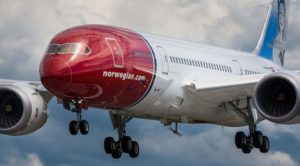
Before the COVID-19 outbreak, Primera Air ceased operations in 2018. Wow Air and XL Airways folded in 2019. Along with AirAsia X’s and Norwegian’s financial struggles, this raises questions about the viability of the low-cost long-haul business model.
LNA looks at the sequence of events that led to four major carriers’ failure and the viability of their business models.
Summary
- Low-cost long-haul isn’t new;
- Bringing no-frills to the next level;
- Undercapitalized for the level of risk;
- When going mainstream does not work;
- One certainty and a question mark on viability.
2024 will be key year for Boeing in Washington
This is the second in a series of articles examining how labor, Boeing and Washington state could move forward following the COVID pandemic. The first article is here.
Subscription Required
By Bryan Corliss
Analysis
Introduction
Nov. 30, 2020, © Leeham News — You might want to set yourself an Outlook calendar reminder for January 2024.
It’s going to be a pivotal year for Boeing, its home state and its workforce. By then, the company’s recovery from the current Covid-caused crisis should be underway, with the order book refilling.
The countdown should be on for the long-delayed roll-out of the reconceived NMA, at long last giving Boeing a real counter to the Airbus A321. And — barring a surge in 737 MAX orders after its return to service — Boeing could be close to making some tough decisions about the future of the 737 program, thinking hard about whether after 60 years it’s finally time to design and build a clean-sheet replacement.
Also by then, the 787 program will have fully consolidated into Charleston, and the last 747 will have departed the Paine Field flight line, leaving The World’s Largest Building (By Volume) half-empty.
Then, in January 2024, Boeing’s contract with its touch-labor union – IAM District 751 – will expire, after a 10-year extension that was part of the price Machinists paid to ensure the 777X would be assembled in Everett. For the first time since the summer of 2008, the two sides will sit down at a bargaining table with the union having the ability to call for a strike.
What happens between now and January 2024 will pretty much decide the future of Boeing in Washington state. If the players are clear-eyed and rational, we could see a return to the days when high-skilled workers built high-quality planes that created handsome profits for Boeing shareholders and family-wage jobs for Boeing workers.
Enhancing the Dreamliner, Part 8: Wrap Up
Subscription Required
By Bjorn Ferhm and Vincent Valery
Introduction
Nov. 26, 2020, © Leeham News: After analyzing the three members of the Dreamliner family on several routes out of San Francisco to Asian destinations, we conclude the series with a wrap- up of what we learned.
Summary
- A guinea pig for new technologies and processes;
- After a long slough against problems, a resounding commercial success;
- Size-wise, ideally-positioned for the post-COVID world;
- Future enhancements.


